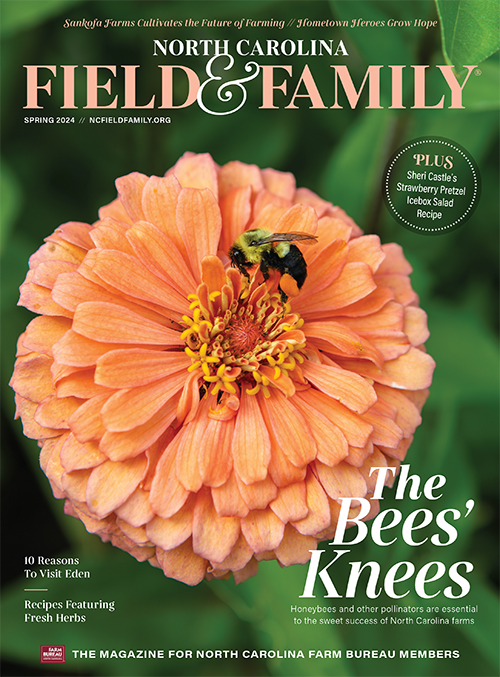What are the Challenges and Benefits of Forestry Farming?
We asked a North Carolina farmer about his life as a forestry farmer.
Rachel Stroop |There are plenty of challenges that go along with forestry farming. Deer eat the tops of young trees during planting season, ruining the tree. Insects also damage the trees at a very young age. Then there are ice storms, tornadoes and hurricanes to contend with. The biggest threat is a forest fire near harvest time. The most damage I’ve ever incurred was during Hurricane Floyd, which destroyed more than 10 percent of my timber.
That said, forestry farming has many benefits. It assists with the prevention of soil erosion, and it is used as a windbreak and private partition habitat for wildlife. Forestry farming produces pine straw used for landscaping, pulp for paper products and lumber for construction. And it can be used as a long-term 401K investment. I strongly believe in the future of forestry farming.
Albert Beatty farms in Bladen County, where he serves as county Farm Bureau president. He has 341 acres of longleaf pine trees. In addition to forestry, he grows hay and grain sorghum, and raises hogs and cattle.



